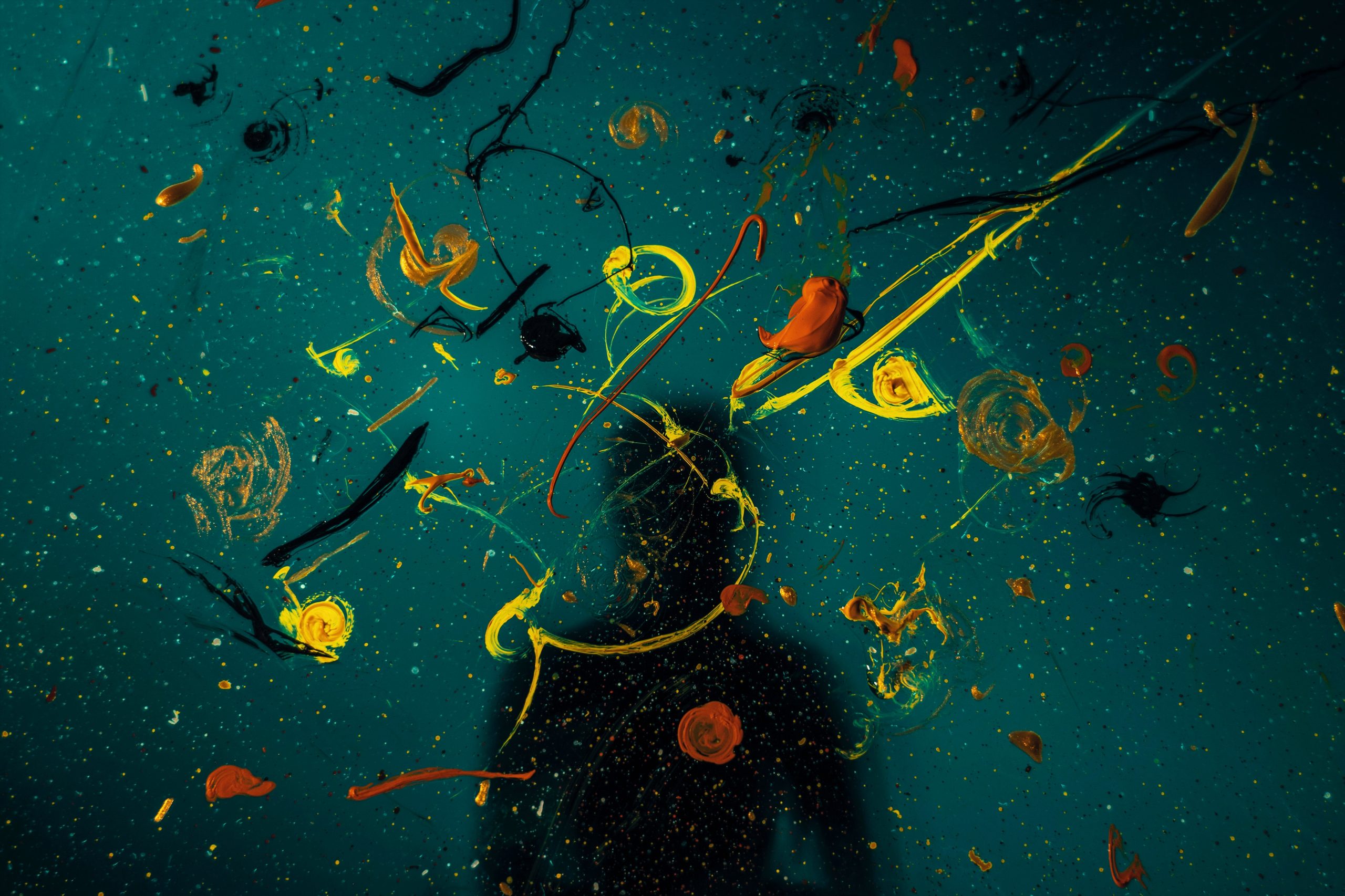- 25 May 2023
- 312
Beyond 2D: Exploring the Power of Shadows and Highlights

Shadows and highlights are essential elements in any visual medium, from photography to graphic design to film. They add depth, contrast, and drama to an image, drawing the viewer’s eye and creating a sense of realism. But shadows and highlights are not limited to 2D media. In fact, they can be used to create stunning effects in 3D environments, opening up a whole new world of creative possibilities.
In this article, we’ll explore the power of shadows and highlights in 3D design and animation, and how they can be used to create dynamic, engaging visuals.
Shadows: Adding Depth and Realism
Shadows are an essential element in creating a sense of depth and realism in any visual medium. In 3D design, shadows can be used to create the illusion of depth and space, making objects appear more three-dimensional. They can also be used to create mood and atmosphere, adding drama and tension to a scene.
One of the most powerful tools for creating shadows in 3D design is the use of light sources. By positioning lights in different locations and angles, designers can create a range of shadow effects, from soft, diffused shadows to sharp, dramatic shadows. They can also use different types of lights, such as spotlights or area lights, to create different shadow effects.
Another technique for creating shadows in 3D design is the use of ambient occlusion. This technique simulates the way that light is absorbed and scattered by objects in a scene, creating subtle shadows and shading effects that add depth and realism.
Highlights: Adding Drama and Contrast
While shadows are essential for creating depth and realism, highlights are equally important for adding drama and contrast to a scene. Highlights are areas of an object that are illuminated by a light source, creating a bright, shiny effect that draws the viewer’s eye.
In 3D design, highlights can be used to create a range of effects, from subtle reflections to dramatic specular highlights. They can also be used to create the illusion of different materials, such as shiny metal or glossy plastic.
One of the most powerful tools for creating highlights in 3D design is the use of materials and textures. By applying different materials and textures to objects in a scene, designers can create a range of highlight effects, from subtle reflections to dramatic specular highlights.
Another technique for creating highlights in 3D design is the use of volumetric lighting. This technique simulates the way that light is scattered and diffused by particles in the air, creating a soft, glowing effect that can be used to highlight objects in a scene.
Conclusion
Shadows and highlights are essential elements in any visual medium, and their power extends far beyond 2D design. In 3D design and animation, shadows and highlights can be used to create stunning effects, adding depth, drama, and contrast to a scene. By mastering the use of light sources, materials, and textures, designers can create truly immersive and engaging visuals that capture the viewer’s imagination.

